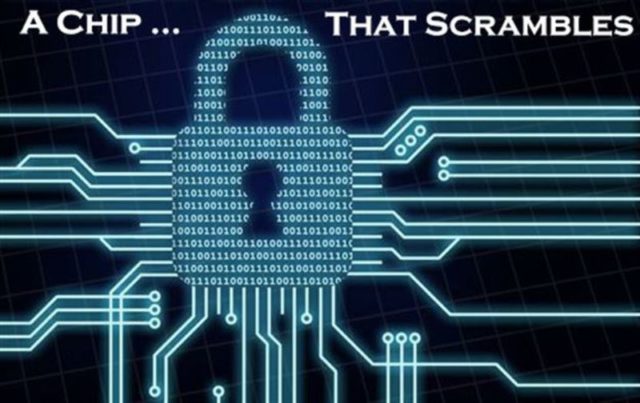The US Air Force (USAF) has developed a new chip to secure communications and data between systems such as unmanned aerial vehicles and explosive ordnance disposal robots.
The new Mini Crypto chip is a self-contained encryption engine that is capable of generating its own session-based ‘key’.
The key established by Mini Crypto between sender and receiver is required to read a message after encryption.
Its key management system protects secret data and meets the National Security Agency standards.
Air Force Life Cycle Management Center, Cryptologic and Cyber System Division, Mini Crypto programme manager Heidi Beason said: “We think the Mini Crypto chip will really help forward-deployed warfighters secure sensors, or communications devices, in areas where risk of interception is high, and still protect sensitive data without burdening folks on the front lines with extra equipment or steps to safeguard the encryption device.”
By the time a message is readable by an adversary after it is encrypted, it is no longer useful information, the USAF stated.
Mini Crypto deputy programme manager Christopher Edsall said: “Communications devices all have a processor, where a message is formatted for transmission.
“Its key management system protects secret data and meets the National Security Agency standards.”“In the case of a computer, it’s the central processing unit. Mini Crypto is located after the processing centre, but before the transmission centre, which is usually a radio.
“Another Mini Crypto chip is installed at the receiver end after the receiving antennae, but before the CPU.
“The second Mini Crypto chip decrypts the received message as it comes through the radio where the unencrypted message is processed, and then it is displayed or heard.”
The chip’s ability to operate by consuming 400 milliwatts of power makes it suitable for installation on equipment carried by one-person parties operating as scouts and forward air controllers.
Source: Air Force Technology

